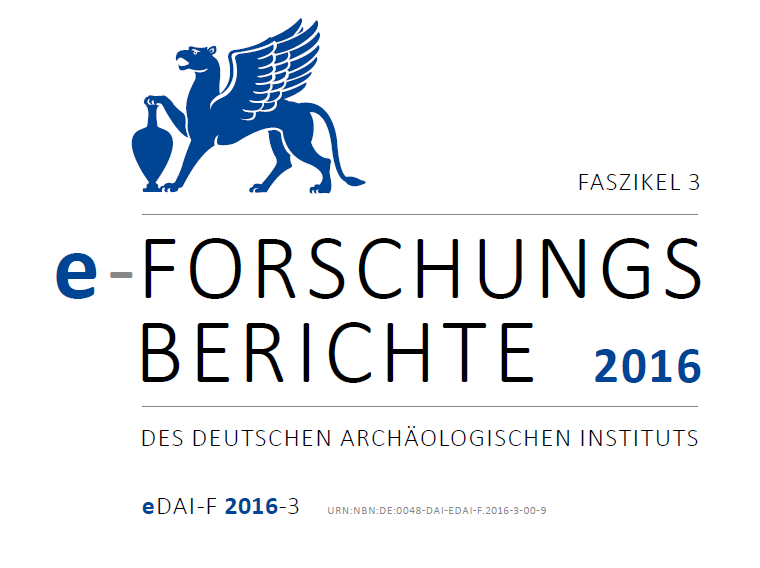Hokkaido, Japan: Archäologie in der Region Hokkaido: Naturumwelt der holozänen Jäger und Sammler
https://doi.org/10.34780/1f5u-59f4
Abstract
Rebun Island with Hamanaka and Funadomari among the 43 documented archaeological sites and the environmental archive stored in the Lake Kushu sediment proves to be one of the key areas to study the interplay between ecology, climate and human activities. A set of 57 radiocarbon dates of the RK12 core (Lake Kushu) demonstrates that it represents a continuous environmental archive covering the last c. 17,000 years. The RK12 pollen record reflects distinct vegetation changes. After c. 1100 cal. BP, arboreal pollen percentages decrease, possibly linked to intensified usage of wood during the Okhotsk and Ainu culture periods. Plant macrofossil analysis shows use of various wild plants and also domesticated barley during the Okhotsk and Ainu periods.Dowloads
Pubblicato
2023-05-26
Fascicolo
Sezione
Artikel
Informazioni bibliografiche e recensioni
Come citare
Müller, S., Leipe, C., Tarasov, P.E. and Wagner, M. (2023) “Hokkaido, Japan: Archäologie in der Region Hokkaido: Naturumwelt der holozänen Jäger und Sammler”, e-Forschungsberichte des DAI, pp. 110–116. doi:10.34780/1f5u-59f4.





